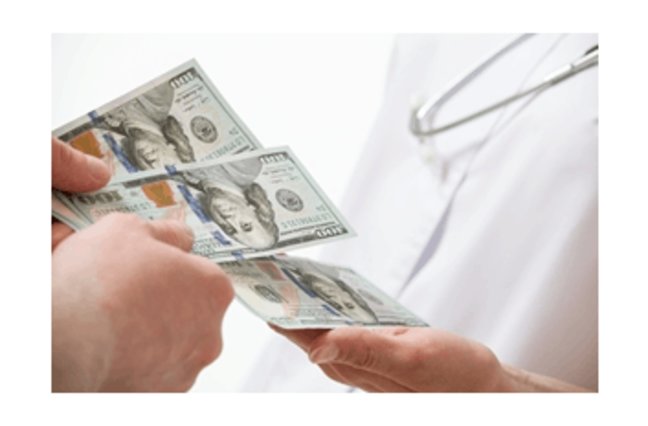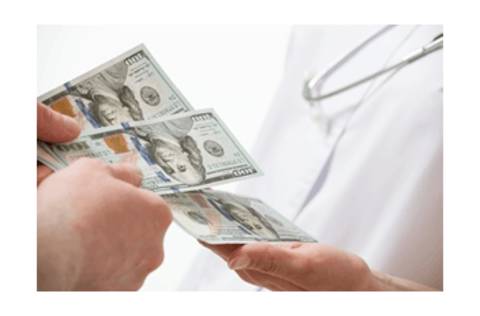Top 10 gamification blogs
Contact centers need well-defined business goals that are easily tracked with captured speech analytics data. To learn more about gamification, read o...
CallMiner Outreach is here! |Learn about the future of CX

Solutions
Products
Customers
Solutions
Products
Customers
Resources
Company
The Team at CallMiner
March 28, 2016


The Takeaway: Gamified payment collection would be a great fit for many health care providers.
Gamification has become a popular topic as it relates to customer engagement. We’ve previously covered how gamification has begun to play a key role in contact center operations, but that only scratches the surface of its potential value. In addition to improving agent productivity and attitudes, gamification can also provide a boost to an organization’s revenue through superior collections results.
While some sectors have already started to embrace gamified collections, others have yet to fully take advantage of these capabilities. Healthcare call centers tend to fall in the latter category. Yet while health care firms have not broadly adopted gamified payment collections strategies, there is significant evidence to suggest that this would be an excellent match for that industry.

Understanding gamified collections
First, though, it’s important to explain what exactly gamified payment collections means. The basic concept is pretty simple. As with other gamification efforts, the goal is to use gaming concepts as a means of encouraging desired behavior among the “players.” In many cases, the players are employees, be they contact center agents or otherwise. When it comes to collections, though, the idea is to incentivize customers to make their payments in a more timely fashion.
For example, Forrester highlighted how one gamification firm worked with banking clients to develop a gamification solution to increase use of digital bill pay. To this end, the company took a page from the incredibly popular Angry Birds mobile game to create the equivalent of a “level one” that educated users about the basics of digital bill pay. From there, various game-related elements – including a progress meter, tutorial popups and a listing of bill payers’ “goals” – encouraged end users to engage with the banks’ bill pay offerings. As a result, bill pay abandonment dropped between 4 and 5 percent among end users.
Health care gamification
Obviously, those results speak for themselves. But there’s another reason why gamification is such a strong fit for health care payment collections: gamification has already started to gain popularity in this industry, albeit not in a payment-specific capacity.
This can most commonly be seen in the form of apps that users download to help motivate them to stay healthy, such as by encouraging exercise, healthy eating or medication adherence, as TechTarget reported.
Beyond this, a number of health care providers have embraced gamification internally. For example, at the recent HIMSS 16 conference Emory Clinic delivered a presentation covering the success it had experienced with gamification. With these techniques in place, the care provider saw a 33 percent reduction in denial turnaround time, 7.9 percent increase in productivity performance and a 6.2 percent increase in net payments.
Gamified collections for health care
Given all of this, it’s fair to say that gamification is an excellent fit for health care payment collection efforts. The question is simply how organizations should go about implementing these programs.
In that regard, there are two key factors to keep in mind.
What recommendations do you have for gamified payment plans?
CallMiner is the global leader in AI-powered conversation intelligence to improve customer experience (CX). CallMiner delivers the industry’s most comprehensive platform to analyze omnichannel customer interactions at scale, combining deep domain expertise with cutting edge AI analytics and machine learning. By uncovering better intelligence, CallMiner enables companies to identify areas of opportunity to drive better experiences, ultimately leading to business improvement, growth and transformational change. CallMiner is trusted by the world’s leading organizations across all major verticals including technology, media and telecom (TMT), retail, manufacturing, financial services, healthcare, and travel and hospitality.